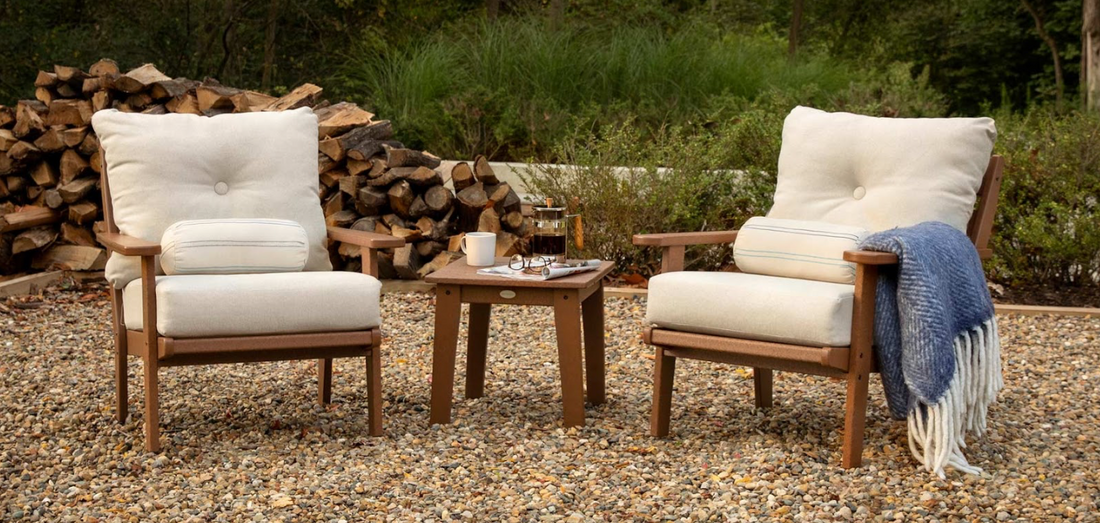When it comes to protecting your wood furniture, natural oils are a popular option— especially for people who want to steer clear of synthetic finishes. But which oil is right for your furniture: teak oil or linseed oil?
At Vermont Woods Studios, our solid wood furniture collections are designed to last for generations. And when it comes to maintenance, we’re strong advocates of understanding your options to help make sure your pieces age beautifully.
Let’s explore the differences between teak oil and linseed oil so you can make the best choice for your space.
What is Linseed Oil?

Linseed oil is derived from the seeds of the flax plant. Raw linseed oil is slow-drying, so most furniture applications use boiled linseed oil, which includes drying agents. Linseed oil is great for indoor furniture pieces, as it is deep conditioning for wood and brings out a natural luster.
Pros:
• All-natural and non-toxic (when raw)
• Penetrates deeply into the wood grain
• Great for restoring old or dry wood
Cons:
• Slower drying time than teak oil
• Not ideal for outdoor use
For a comprehensive overview, please refer to our full article on Linseed Oil.
What is Teak Oil?

Despite the name, teak oil isn’t made from teak trees. It’s actually a blend of oils and varnishes designed to penetrate hardwoods like teak, mahogany, and rosewood. Teak oil dries fairly quickly and gives wood a rich, warm tone. It’s commonly used on outdoor furniture because it offers water resistance and helps prevent cracking or drying from sun exposure.
Pros:
• Dries quickly
• Enhances wood grain and color
• Provides moderate protection from water and UV rays
Cons:
• Needs reapplication every few months (especially outdoors)
• Contains synthetic additives and solvents
• Can build up or become sticky if over-applied
Which Should You Use?

For indoor furniture like dining tables, dressers, or bookcases, linseed oil is usually the better choice. It conditions the wood from within and gives it a soft, satin finish without adding a synthetic sheen. For outdoor furniture or any piece exposed to the elements, teak oil offers better short-term weather resistance. Just keep in mind that frequent reapplication is key—especially in harsh climates.
We finish all of our Vermont Woods Studios pieces with low-VOC, eco-friendly wood finishes that are chosen specifically to protect the natural beauty of our sustainably harvested hardwoods. If you’re ever unsure about how to care for your furniture, we’re happy to point you in the right direction.


